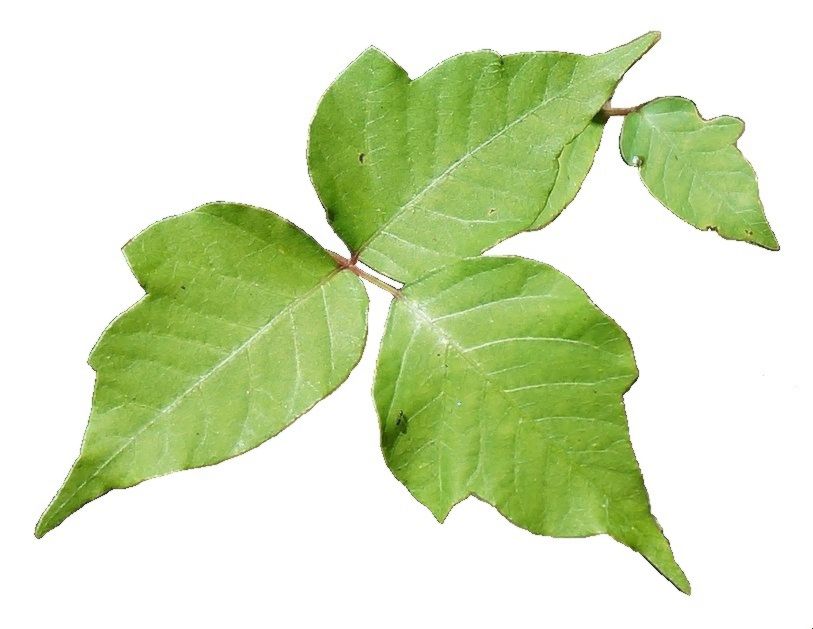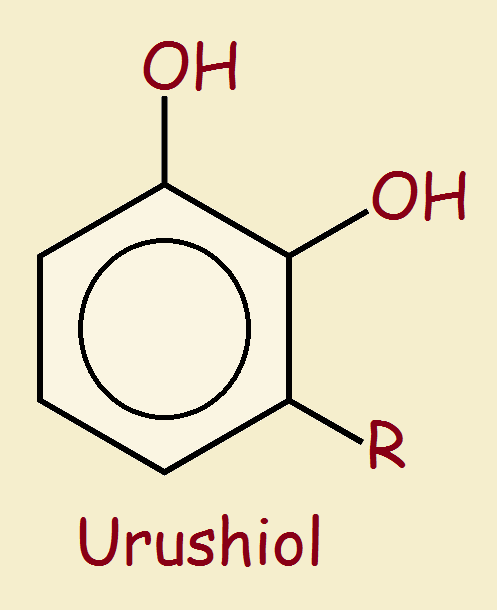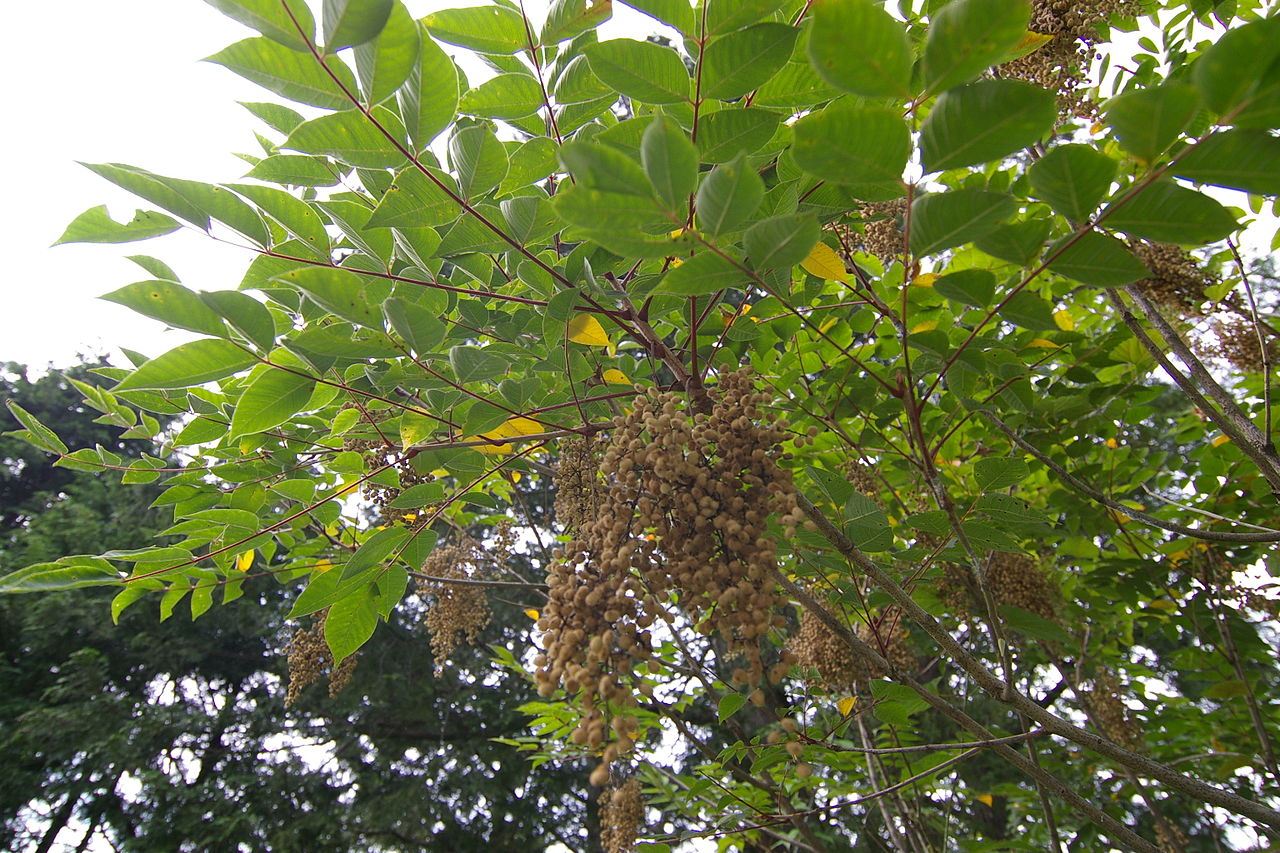
Toxicodendron radicans is the Latin name for poison ivy. Images of various aspects of the weed are included in this article. An attempt at providing a thorough physical description of it can be found elsewhere at the reader’s convenience. We wish to discuss whether there is at least one useful purpose for the presence of this apparently noxious weed on this “good earth”. In discussing it, we encompass poison oak, poison sumac, and other plants.
A Kind of Mission Statement
In discussing T. radicans, we will consider all of its component parts. No, we will not give an encyclopedic description, as is commonly found in comprehensive articles. Instead, we will demonstrate the plant’s better aspects.
Personal Contact
Most of us steer clear of the pesky stuff. The rash otherwise incurred can be severe. If we desire to clear it out, we may wear protective clothing. And when we remove that, we recognize we need to continue exercising caution since residue remains on that clothing! What is the active agent in poison ivy (and oak and sumac) that causes so much concern for those exposed to it?
It is urushiol. We know what that stuff does. But did you know this same substance is found in cashews, pistachios, and mangoes? So why are the first two foods not usually a problem? The irritant is found in the shells, rather than the contents. What part of the plant is urushiol-free? Not the roots. Not the stems. Neither the leaves nor the berries. Only the nectar and pollen. In fact, honey derived from poison oak is safe to eat. That sounds like one good use for the weed! Now we’ll discuss an additional use with a surprise twist involving animals.
 Poison Ivy and the Animal World
Poison Ivy and the Animal World
To the animals, T. radicans is food. Just food! They possess no allergy to poison ivy. To quote the Smithsonian Insider’s Poison Ivy Primer, “Your dog and cat don’t get it, nor do birds, deer, squirrels, snakes and insects.” Goats love the stuff. In fact, they are sometimes used to remove poison ivy from a property. So the second use of poison ivy is food for the animals. Let’s consider some other aspects of Toxicodendron species.
The Chinese Lacquer Tree
Would you say that a decorative lacquer is a desirable thing? Well one popular decorative lacquer comes from the Chinese Lacquer Tree, Toxicodendron vernicifluum. Wait, you say. It’s scientific name includes the word Toxicodendron? Yes. The tree is currently associated with poison ivy and its cousins! This is because the sap of the tree is rich in urushiol. Urushiol polymerizes into a hard, water-resistant lacquer that has little tendency to produce skin irritation! Perhaps the reader is familiar with traditional lacquerware.
A Speculative Reasoning

Why are humans so different from the animals with regard to poison ivy? Consider this speculation (for that is what it is)… In Scripture, humans are separate from animals; humans were created in God’s image. They were free will agents, unlike the animals that function by instinct. Man sinned, thus becoming imperfect. It affected their whole being, most notably their DNA. Animals, on the other hand, never sinned. They remain perfect for their intended purpose. If man were once again perfect, could it be his allergy would simply disappear? And would perfection impart immunity to urushiol for those of us not already immune?
Note: You might also enjoy What is It Good For? The Blood Sucking Mosquito
References:
- The UnderStory: The Plant with a Vengeance: Poison Ivy
- University of California – Santa Cruz: UCSC chemist develops spray to detect poison oak’s toxic oil
- University of Illinois Extension: Allergic to Poison ivy? Watch Out for Mangos!
- HoneyBeeSuite: Do bees make poison ivy honey?

I enjoyed this article! Well written.
Thank you Rose, both for reading the article and for taking the time to respond!
Thank you! I was disappointed to see it only had 3 mildly useful applications, but that is better than none. Also, I am going to get a goat!
Thank you, Dacon, for your response. I’d like a goat myself, at least in theory.
You are correct Dacon. For now… Who knows what further uses we will discover? Recall, for instance, the human appendix was once seen as a pretty much useless appendage, vestigial! Yet, now we know better.
Wow! I’m always learning something new from you, Vincent. Well done and very informative, and I Love the Speculative Reasoning that is really food for thought.